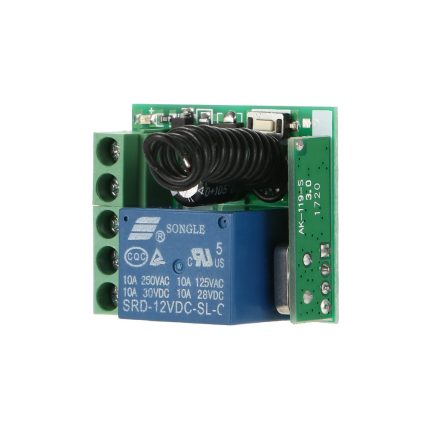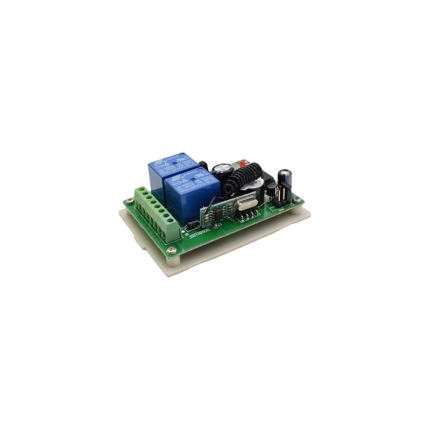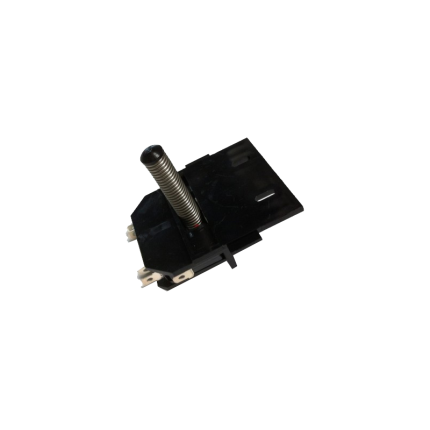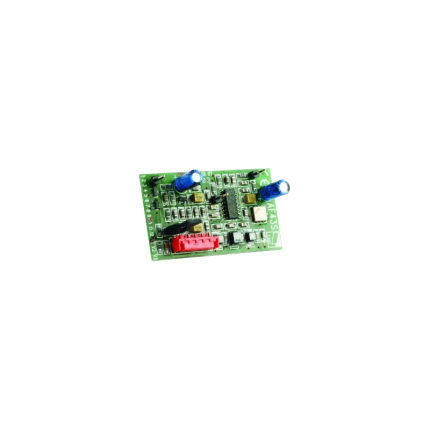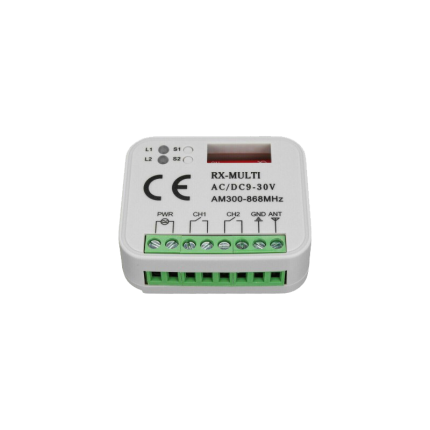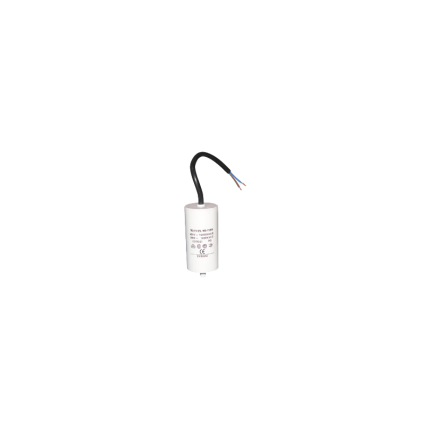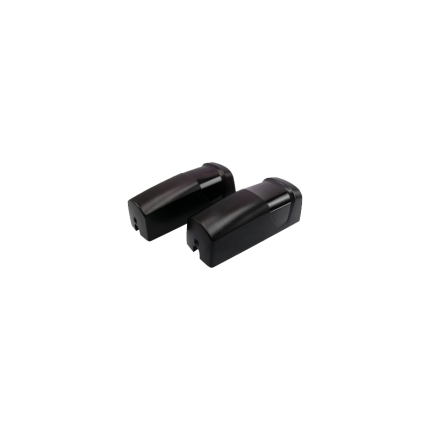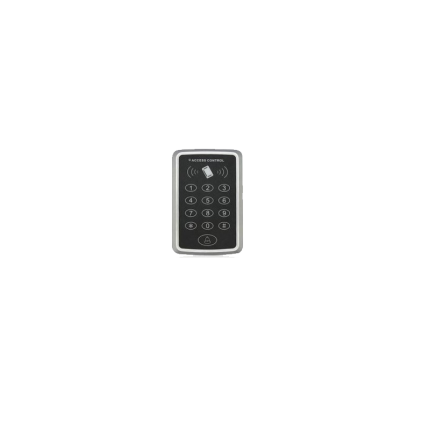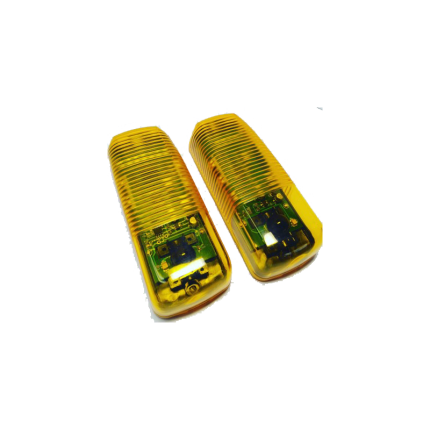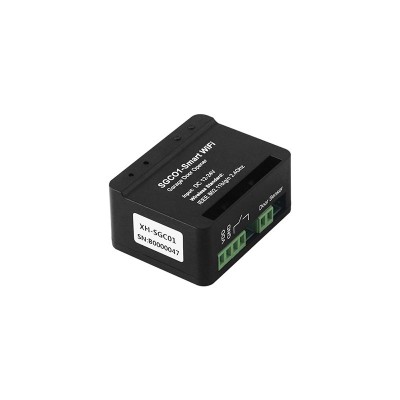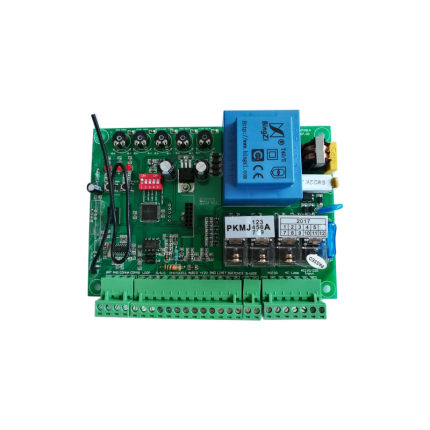gate automation
Remote Control Radio Receiver
Ship or pick up from our office.
Remote Control Radio Receiver
- NC/NO Output
- Easy to program new remotes
- The remote control button is covered to prevent accidental pressing.
- This radio receiver can be added to almost all the gate operators such as Italian, Chinese, swing gate operators, sliding gate operators, and overhead garage doors.
- Compatible with 100 remotes.
- Small case and easy to install
- The wireless RF signals can pass through walls, floors, doors, or windows. You can use two or more units in the same place.
A gate opener's remote control radio receiver is a device that receives radio signals from a handheld remote control, triggering the gate opener's motor to open or close the gate.
Here's a more detailed explanation:
-
Receives Signals:The receiver picks up radio waves transmitted by the remote control.
-
Decodes Commands:It interprets the specific signal pattern to understand the desired action (e.g., open, close, stop).
-
Controls Devices:The receiver then sends signals to the gate opener's motor, causing it to move the gate accordingly.
-
Part of a System:It's a crucial component of the remote control system, working with the transmitter (remote) to enable wireless control of the gate.
-
Frequency:Gate opener receivers typically operate on frequencies like 433 MHz or 315 MHz.
-
Installation:The receiver is usually wired to the gate operator's control board and may require programming to associate it with specific remote controls.
Radio remote control receiver
Radio remote control receiver
A radio remote control receiver is an electronic device that receives signals from a remote control and triggers the gate's motor to open or close.
It acts as the "ear" for the gate opener, interpreting the radio signals sent by the remote. These receivers are crucial for the functionality and convenience of automated gate systems.
Here's a more detailed explanation:
Function:
- The receiver is designed to detect the specific radio frequency and code transmitted by the gate remote.
- Upon receiving the correct signal, it activates the gate's motor, causing the gate to move.
Sliding gate operator limit sensor – Spring mechanism
Sliding gate operator’s limit sensor – Spring mechanism
Radio receiver RX2CH-Multi Code
Driveway gate operator’s capacitor – Swing/Sliding gate openers
Safety Sensor P52000H
Ship or pick up from our office.
Safety Sensor P52000H
IP Rating: IP54
Certification: CE
Working Voltage: 12V-24V AC/DC
Temperature Rane: -20ºC to 60 ºC
Protection Index: IP54
Photocell Wavelength: 940nm
Receiver Range: More Than 12m
Weight: 139g
A gate opener safety sensor is a crucial component of automated gate systems designed to prevent accidents and damage by detecting obstructions in the gate's path.
These sensors, often photoelectric, use an infrared beam to monitor the area and trigger the gate to stop or reverse if something is blocking its movement.
How it works:
-
Transmitter and Receiver:A safety sensor typically consists of a transmitter that emits an infrared light beam and a receiver that detects the beam.
-
Obstruction Detection:When an object, person, or vehicle interrupts the beam, the receiver signals the gate operator to stop or reverse the gate's movement.
-
Safety Feature:This mechanism prevents the gate from closing on anything or anyone, ensuring safety and preventing potential damage.
Types of Safety Sensors:
-
Photoelectric Sensors (Photo Eyes):These are the most common type, using an infrared beam to detect obstructions.
-
Safety Edges:These sensors are typically placed along the edge of the gate and trigger a stop or reverse when they encounter pressure.
-
Induction Loops:These sensors are embedded in the ground and detect vehicles as they pass over them, triggering the gate to open or close.
Importance:
-
Safety:The primary function is to prevent accidents and injuries by stopping or reversing the gate when an obstruction is present.
-
Preventing Damage:By detecting obstructions, these sensors help avoid damage to the gate, vehicles, or anything else in its path.
-
Compliance:Safety sensors are often required for automated gates to meet safety regulations and standards.
Common Issues:
-
Misalignment:If the sensor is misaligned, the infrared beam may not reach the receiver, causing the gate to malfunction.
-
Obstructions:Debris, dirt, or other obstructions can interfere with the beam and trigger false alarms.
-
Sensor Failure:Like any electronic device, sensors can fail over time, requiring replacement.

